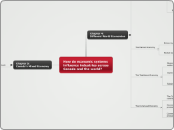作者:Simon Rogers 13 年以前
429
Chapter 29
The period between the World Wars saw significant upheavals and transformations across the globe. Revolutions in Mexico, Russia, and China brought new ideologies like nationalism and communism to prominence, challenging European ideals.









